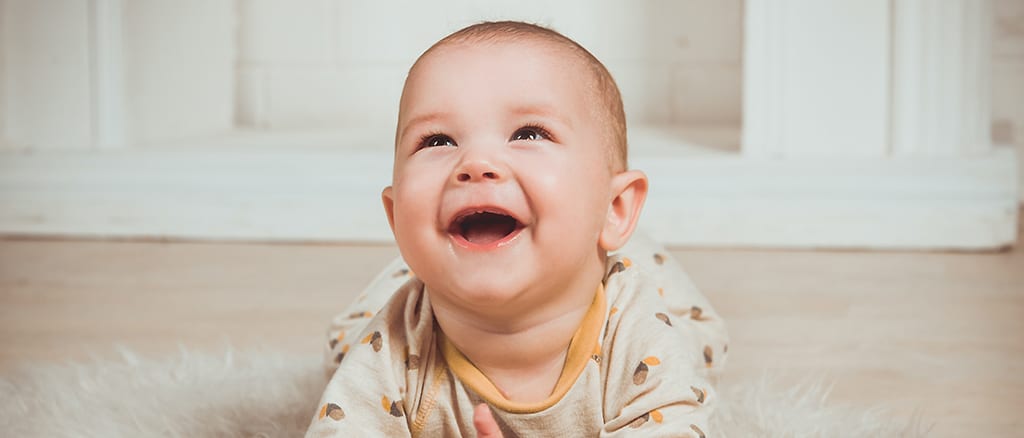When you’re a parent, one of the things you get used to and fall in love with is your baby’s gummy smile. Before long though, that gummy smile gets replaced with your baby’s first baby teeth, opening your baby up to a world of new foods as well as things to chomp down on. Before you know it those are lost and replaced with your child’s permanent teeth. However, it might be unclear how long it’ll take for those baby teeth to be replaced. Although the timeframe does vary depending on the child, we’re here to provide you a rough timeline of your child’s teeth and when they show up and leave.
Baby teeth
Baby teeth, more clinically known as temporary teeth, actually begin as a tooth bud in the first few weeks after a baby is conceived. These teeth won’t actually erupt until after birth, however. In some cases, babies can be born with a set of teeth known as natal teeth. This may be caused by a medical condition.
By the age of 2, most children will have grown a full set of twenty functional teeth. This set of teeth indicates that your child is well on their way towards their permanent teeth. At this stage, it’s important to take care of their baby teeth. Even though they will eventually lose them, it’s important for their gum health as well as the overall progression of their mouth to take good care of their little teeth. You’ll want to softly brush your child’s teeth using a rice-grain-sized amount of toothpaste. Once your child turns three, this can be increased to a pea-sized amount.
Permanent teeth
You should get used to those pearly baby teeth because they’ll be around for a while. The shedding of these teeth will take several years. The amount of time between your child losing a tooth and that tooth’s permanent replacement can take as long as six months. The shedding of baby teeth will often begin around the age of six or seven in most kids. The first teeth to begin to develop are the molars. The incisors begin to develop after and continue until age nine. Premolars in the upper jaw will appear around the age of 10 while those in the lower jaw appear between the ages of ten and twelve. Your child’s canines and second molars will develop after that. The entire process continues until age thirteen to fourteen.
If you’re concerned about your child’s permanent tooth development or issues with their baby teeth and development, please call our office to schedule an appointment. The team at our office is excited to help ensure your child has a good foundation of dental health!


